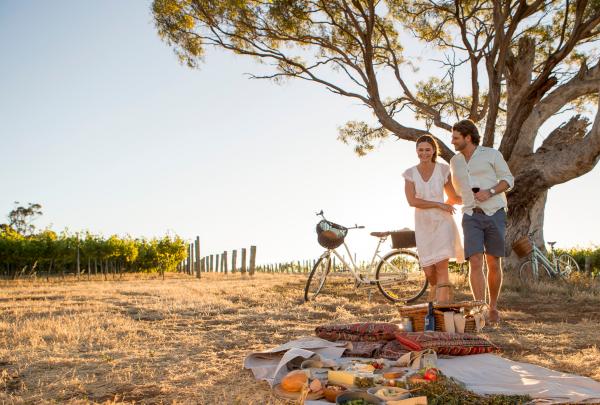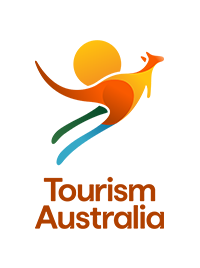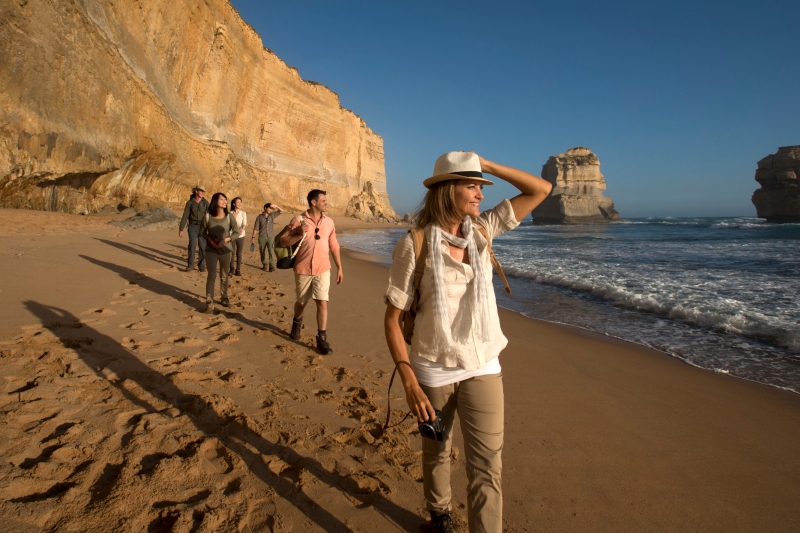According to the Public Relations Institute of Australia, Public Relations is the deliberate, planned and sustained effort to establish mutual understanding between an organisation and its publics.
Establishing a good reputation is one of the many important aspects of running a business, and generating positive publicity is a key component in maintaining your reputation. As more people become aware of your business, the potential of turning them into customers also increases.
The scope of Public Relations is very broad, and the work of Public Relations practitioners can include:
- Planning and budgeting of PR campaigns and activities
- Situation and audience research and analysis
- Meeting with key stakeholders to make representations on behalf of the organisation
- Preparing material for and working with the media to gain editorial coverage in newspapers, magazines, radio and television
- Preparing and posting information on websites and social media
- Preparing print material for distribution to particular publics ranging from brochures to annual reports
- Arranging conferences, and promotional activities and events; and
- Preparing speeches and press conferences.





